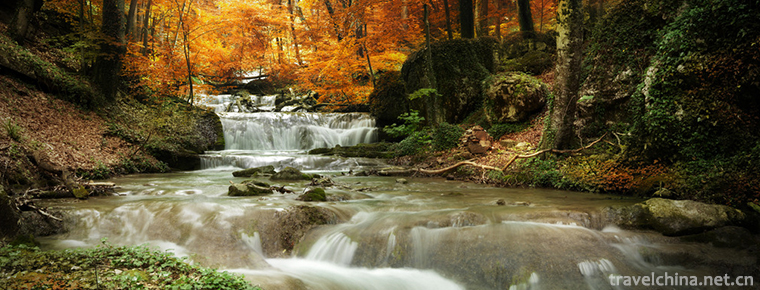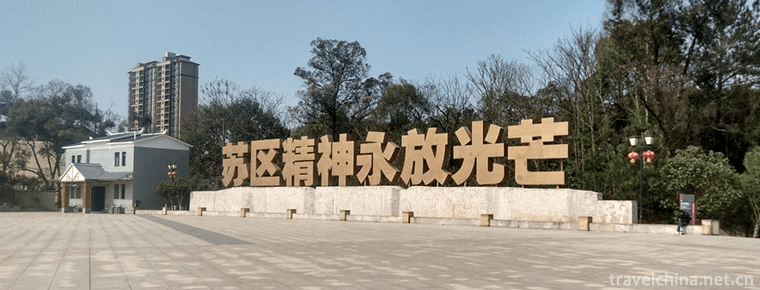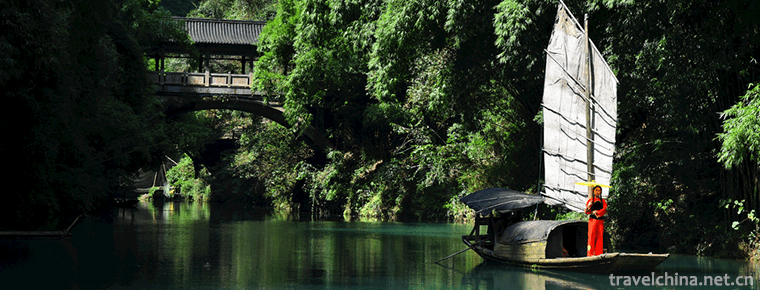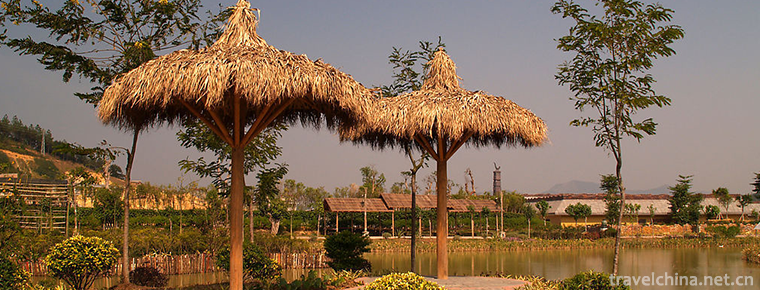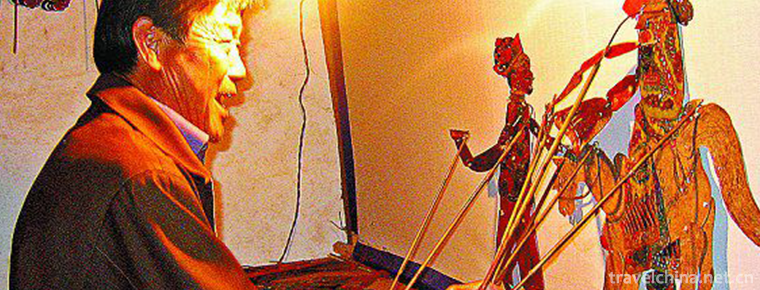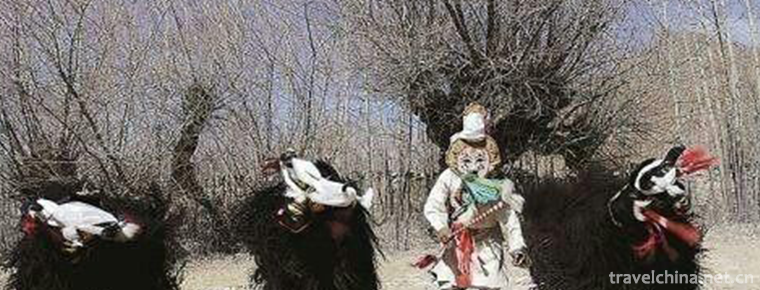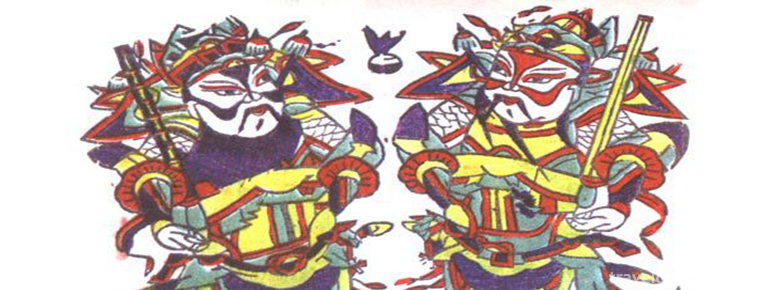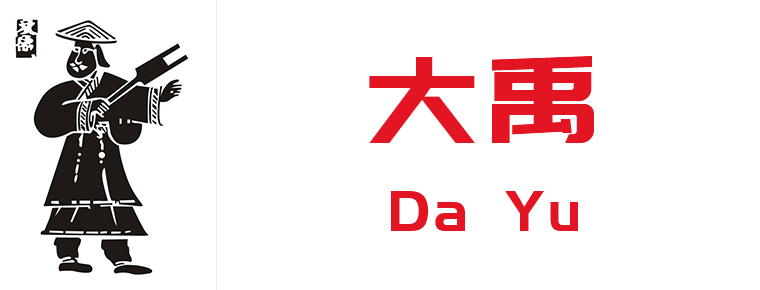Lake Manasarovar
Ma Pang yongcuo is 35 kilometers east of the town of Pu Lan county, Ali Prefecture, Tibet, and south of Qi Feng. The natural scenery around it is very beautiful. Since ancient times Buddhists have regarded it as the "world center" of the Holy land. It is the second largest natural freshwater lake in China and the most transparent freshwater lake. It is one of the three "Shenhu" in Tibet. It is also the birthplace of the four largest rivers in Asia.
The "Four Great Rivers and Water Sources" recorded in Yongzhong's "Xiangxiong Dazang Sutra, Du She Lun" refers to Matan Yongcuo, the mother of the Holy Lake. The East is the Ma Quan River, the south is the Peacock River, the west is the elephant spring river, and the north is the Shiquan river. "Marbian Yongcuo" - the "invincible Jasper lake," the Tibetan word "Marbian" means invincible, invincible.
Mapan Yongcuo was first named "Majue", or "Majue Cuo", which was the name of the Dragon King of Guangcai in Yongzhong's original religion. The Buddhist scriptures say that there are four Dragon Kings in the four great lakes. In the beginning, they always stir up trouble and endanger the people. In the Tang Dynasty, when the Tibetan king Chisong Dezan was in power, lotus and peanut showed great miraculous powers. They accepted the four Dragon Kings and converted them to Buddhism. Since then, the name "Majutsuo" has also been changed to "Mabian Yongtsuo". Sometimes "Mafa Mutsuo" has been written, meaning "eternal Jasper Lake" in Tibetan.
It is said that Mapan Yongcuo is the holiest lake, the dew of the world bestowed by Shengle, and the holy water can wash away the troubles and obstacles in people's hearts. She is the oldest and most sacred place in Yongzhong, Hindu Buddhism, all the holy places of Hinduism. She is the perfect lake of the soul. She is the real heaven in the universe. She is the Shangri-la of the gods, the heavenly world of all things. Hinduism says it is the home of Shiva.
China's largest freshwater lake and second largest water storage natural lake. Tibetan means "undefeated and victorious" and is known as "God Lake". Located in Pulan County, Tibet Autonomous Region, between the main peak of the Gangdise Mountains, Mount Gangrenboqi and Mount Namunani of the Himalayas. Ma Pang yongcuo also called ma FA Mu Cuo, once called ma Chuo Cuo. Once connected with Laantso, it became an internal lake after plugging and accumulation of ice water. The lake is "pear shaped", the north is wide and the south is narrow, the long axis is 26 kilometers long, and the short axis is 21 kilometers long. The lake is 4588 meters above sea level. The average depth is 46 meters, the maximum water depth is 81.8 meters, and the area is 412 square kilometers. The lake is clear and transparent, 14 meters. The salinity of the lake is 400 mg / L. it belongs to freshwater lake and contains trace elements such as boron, lithium, fluorine and so on. The supply of glacial melt water and rainwater is also mainly supplied. The shoreline is straight, circumference 83 km, and coastline development coefficient 1.15. The east coast and the South East Coast terraces are developed. There are many hot springs around the lake. In alluvial plains and piedmont alluvial fans, the desert steppe was dominated by S. deserticola and mixed with S. pinnatifida and S. purpurea, and swampy vegetation meadows consisting of S. sinensis, P. sibirica, Artemisia tibetica and B. licheniformis were developed on lakeside terraces. The lake area is mainly pastoral, and the lake is produced by the fish and the naked carp.
The Buddhist temple called "holy lake". Every summer and autumn Buddhists help the old and bring the young to come here to "pilgrimage", in the "holy water" in the "bath body" to "prolong life.
Mapan Yongcuo is known as the mother of the world's rivers. It is the place Xuanzang, a famous monk of the Tang Dynasty, called the "West Tianyao Pool" in The Records of the Western Regions of the Tang Dynasty.
Marpin yongcuo is the most transparent lake in China at present. There are 8 temples around Ma Pang Yong Po, which are distributed in all directions of the lake. In the east, there are Sakyamuni Niekao Temple in the southeast, Gelug Chugu Temple in the south, Bhutanga Kuo Temple in the southwest, Jiaji Temple in the northwest based on 500 arhats, Qiwu Temple in the west, Langna Temple in the north, and the Japanese temple in the northeast of Gelug School.
Next to marpin yongcuo, there is a salt lake, which is called "the Black Lake". Marpin yongcuo is a freshwater lake while lagang is a salt lake.
In the teachings of Yong Zhong Ben, Ma Pang yongcuo was described as the palace of the Dragon God. The "dragon" in this religion is a Chinese translation of Tibetan klu, which is different from the concept of "dragon" in Chinese culture.
The "dragon" of the Han nationality is often a specific animal with scales, horns and feet, capable of flying and swimming. The "dragon" in this religion does not take an animal as a prototype, but can be transformed into a personality God of many different animals. It can be either a fish or a snake. The classic "100,000 Dragons" describes it as the head of a snake, a horse, a lion and a bear. In many murals, Tangka, it is often a mermaid image, the head of a snake or a mermaid's tail, very beautiful.
Tibetan worship of the Dragon God has a long history. Legend has it that Zampur was married to the Dragon Girl before the Tortorian anniversary, and the famous King Gesar was the son of the combination of the God and the Dragon Girl. It was the combination of Hsien Rao and the Dragon girl who gave birth to their daughter that the Dragon girl was no longer harmful. The most primitive classic of this religion, The Black White Dragon Sutra, says that there are 500 dragon palaces in the water. The dragon gods who live in the palaces have children under the water like human beings. They live a rich and happy life with pearls, coral, nine-eyed pearls and pine ear stones. If people want to make a fortune, they have to sacrifice the Dragon God.
In Tibet, the early Catholics called it "Majuicuo". Legend has it that a large number of treasures were gathered at the bottom of the lake, so it was named after "Majuicuo" in the name of the Dragon King. It means "forever undefeated Lake" in Tibetan. This is how the lake was formed in Qunidogi's "Introduction to Matan Yong's Mistakes": Before the birth of Matan Yong-cho, there was a Bodhisattva's heartfelt king Woodfall. On his way to the jungle, he saw the plight of the musicians in their old age, illness and death, and asked his teacher: Should these pains belong to a wise gentleman? Answer: should belong to all mortal beings. The king then consulted the law of relieving pain. Answer: only giving. So the king had many houses built and invited all the poor victims to provide them with food and clothing for 12 years. With the cooking of rice boiling water gathered more, 12 years of time has made a lake.




















-
Mountain Yuntai
Yuntai Mountain is a world geological park, national AAAAA-class tourist attraction and national scenic spot, located at the junction of Xiuwu County in Jiaozuo City, Henan Province.
Views: 145 Time 2018-10-29 -
PRC Cradle Scenic
Cradle Scenic Area of Ruijin Republic, National AAAAA Tourist Scenic Area, National Key Cultural Relics Protection Unit, National Patriotic Education Demonstration Base, National Red Tourism Classic S.
Views: 195 Time 2018-12-08 -
Three Gorges Household Scenic Area
Three Gorges Household Scenic Area, National AAAAA Class Tourist Area, the First Batch of Civilized Scenic Area in Hubei Province, Top Ten Scenic Spots in Hubei Province.
Views: 141 Time 2018-12-12 -
Senbora Resort Forest Scenic Area
Senbora, a landscape world in ancient forests, a paradise of pleasure water under glacial ruins, a national 4A-class tourist attraction, is located at the exit of Fogang Expressway in Fogang County.
Views: 187 Time 2019-02-07 -
Songhua Lake Scenic Area
Songhua Lake Scenic Spot is a famous tourist attraction in Jilin Province. It is a national AAAA level scenic spot (AAAAA is being declared). Located in the southern suburb of Fengman District.
Views: 106 Time 2019-02-13 -
Shadow Show
Shadow play, also known as "shadow play" or "lantern shadow play", is a folk drama in which characters are silhouetted from animal hide or cardboard to perform stories. During the .
Views: 104 Time 2019-06-09 -
She nationality novel song
She nationality novel song originated from Bailukeng Village, Xinan Town, Xiapu County, Fujian Province. It was adapted and created by She nationality folk singers according to their national living c.
Views: 213 Time 2019-06-14 -
Manufacturing Techniques of Wanan Compass
Wan'an compass making technology, the local traditional handicraft in Xiuning County, Anhui Province, is one of the national intangible cultural heritage..
Views: 142 Time 2019-06-26 -
Xie Rong Zhongzi
Xierong Zhongzi still keeps the primitive and simple legacy, from which we can see the spiritual sustenance and aesthetic pursuit of Tibetan ancestors. This kind of primitive culture and art has becom.
Views: 180 Time 2019-07-06 -
Zhuxian Town Wood Print New Year Picture
Zhuxianzhen Wood Engraving New Year Picture is one of the ancient Chinese traditional crafts. As the originator of Chinese woodcut New Year pictures, is mainly distributed in Kaifeng, Zhuxian Town and.
Views: 133 Time 2019-08-10 -
Da Yu
Yu, surnamed Si, is famous for his life. (Yu Yu is the name). History is called Da Yu and Emperor Yu. Xia Hou Shi Chieftain Xia Dynasty The founding king. Yu is Yellow Emperor Great grandson, Zhuan Gr.
Views: 181 Time 2019-09-07 -
History of Mianyang
Mianyang, located in the south of Mianshan mountain, was named Mianyang in 1913 according to the ancient meaning of "south mountain and North Water" as "Yang"..
Views: 131 Time 2020-12-14
